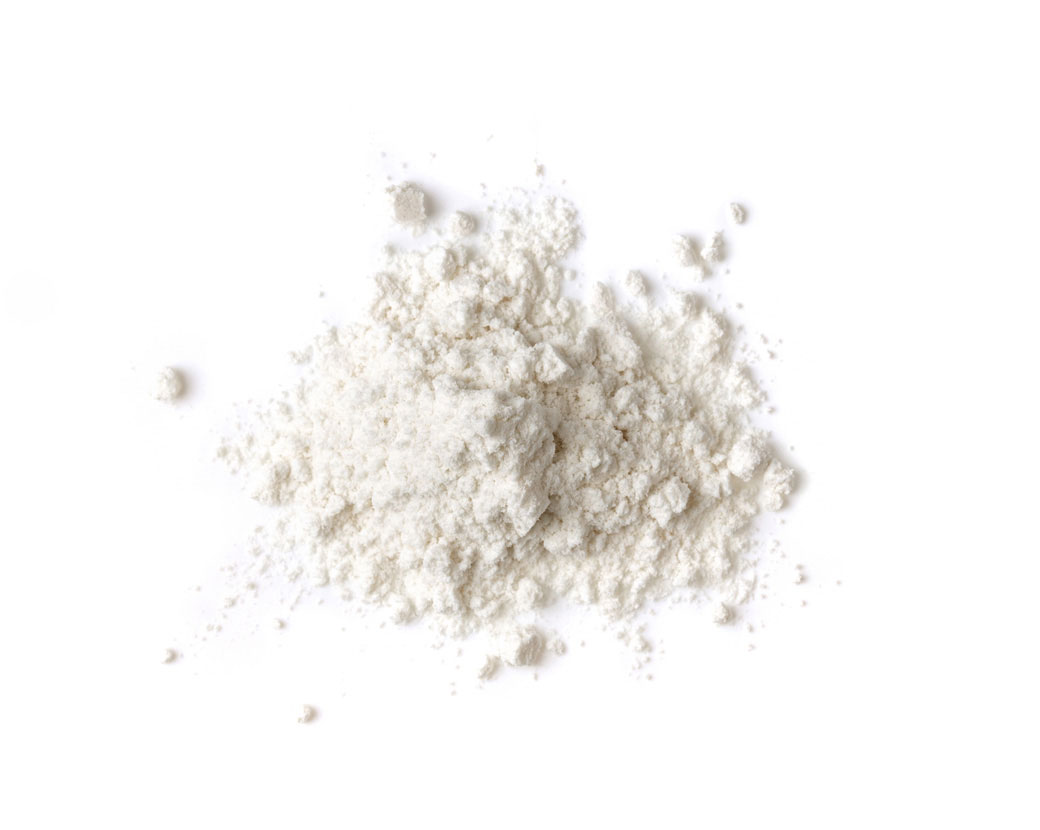Products Scan Our science '%20fill='black'/%3e%3c/svg%3e)
Skincare 
Bath & Body 
Make up 
Trending 
Skincare
Moisturizers
Treatments
Cleansers
Eye Care
Bath & Body
Make up

Sodium salicylate is a sodium salt of salicylic acid, and historically, it has been derived from the methyl salicylate found in wintergreen oil. Although, more recently, it has been transitioned to synthetic production.
This ingredient is used as a preservative, where it is commonly paired with sodium benzoate to create a broad-spectrum preservative that water soluble and effective at lower pH levels.
In addition to acting as a preservative, this off-white powder also acts as a denaturant in some chemicals. This is added to deter consumption and other inappropriate uses of certain chemicals.